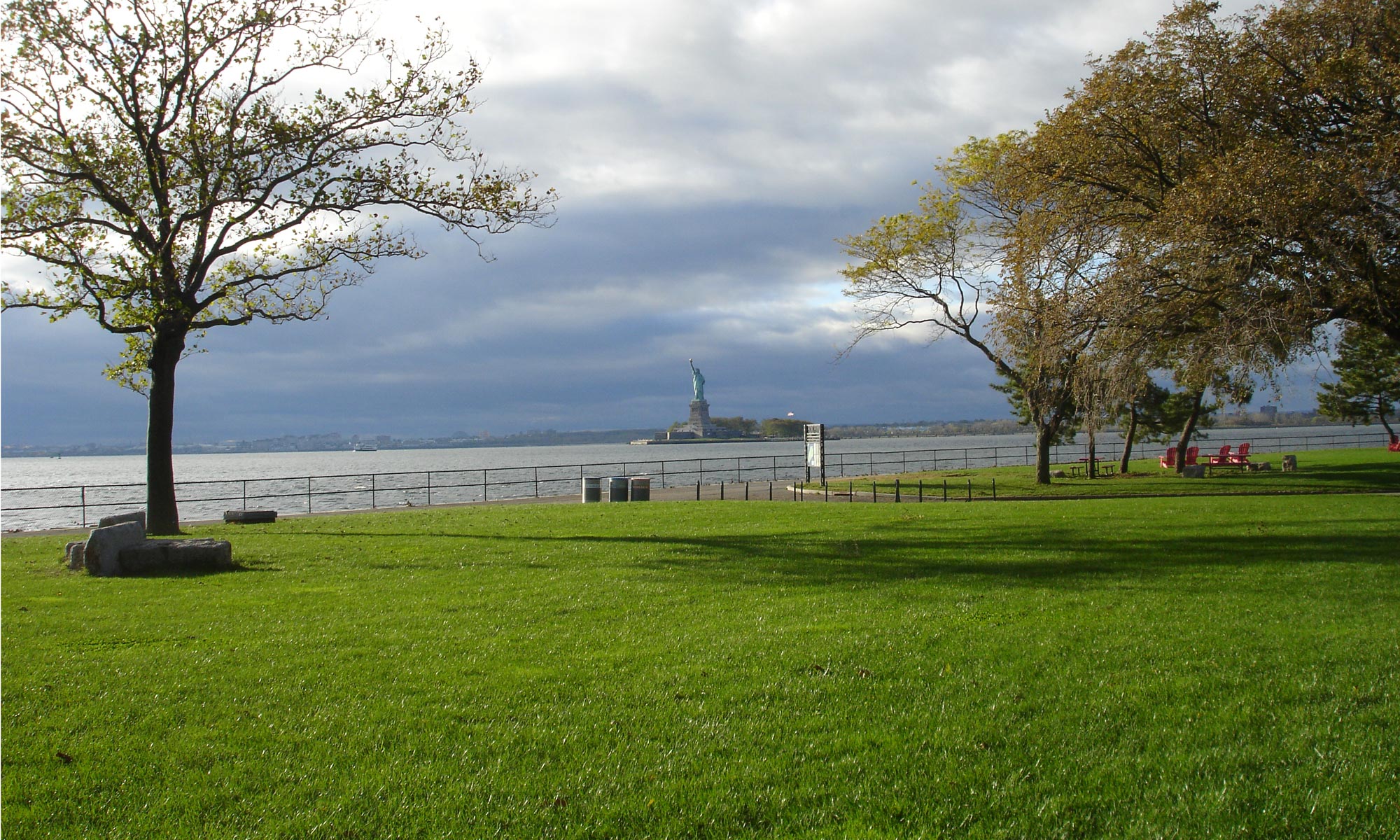New York City City Planning Commission
Public Hearing on Governors Island ULURP Application & Draft Second Supplemental Generic Environmental Impact Statement (DSSGEIS)
Testimony by Diana Switaj, Director of Planning & Land Use
February 3, 2021
Good morning. My name is Diana Switaj, Director of Planning and Land Use at Manhattan Community Board 1 (CB1). As CB1 Chairperson Meltzer outlined the major overarching issues related to this proposal, I will address some specific issues within the zoning and the DSSGEIS which CB1 has identified as problematic.
New York City does not have a comprehensive plan. The NYC Zoning Resolution serves to function as NYC’s comprehensive plan and it is relied upon to make development predictable. While the Trust’s proposal provides maximum accessibility for development through the zoning, these wide parameters are problematic, make future development unpredictable, and provide numerous opportunities for potential exploitative development, especially considering that both use and bulk regulations can be further altered through CPC Authorizations. As CB1 Chairperson Meltzer has touched upon, there is much concern that plans will not actualize the way the Trust intends, and the already flexible proposed zoning could result in exploitative development contrary to the vision that many of us share.
A major concern of the proposal is the management and protection of “open spaces” and parkland. While the Open Space Subarea defined in the proposed zoning does not generate any zoning floor area, zoning still allows uses and structures not typically found in parks. Considered as “permitted obstructions” and exempt from any floor area or coverage restrictions, buildings and other structures up to 35 feet are allowed when they house permitted uses. Though the Trust has expressed a commitment to scaling back the currently proposed development allowances within the Open Space Subarea, it is not enough to afford protection of what was originally intended as parkland. The zoning must redefine “Open Space Areas” and “Open Space Subareas” as “public parkland,” including “open spaces” in the North Island to assure adequate protection and consistency with the Deed’s “Parkland Restriction Terms”.
The Reasonable Worst Case Development Scenario (RWCDS) is a critical aspect of the DSSGEIS and the community believes it is not fully accurate. The DSSGEIS assumes there is no development in the Open Space Subarea, which is not a reasonable assumption as the zoning proposal does in fact allow for significant potential development. All the potential activities in the Open Space Subarea associated with the allowable uses were ignored in the RWCDS and hence the impacts disclosed in the DSSGEIS are seriously understated. In a letter sent to CB1 by the Trust on December 22, 2020, the applicant agreed to change the allowed uses anddevelopment in the Open Space Subarea. Buildings would still be allowed with no FAR limit, but the applicant has proposed limiting them to 25 feet, removing amusement park and nightclub uses, permitting only open-air theaters, as well as other changes. While the changes are meaningful, the RWCDS is still incomplete and inaccurate.
Another uncertain and flexible component within the zoning is Base Plan. Base plane is normally measured using curb and street levels; however, there are no mapped streets on all of Governors Island as defined in the zoning to control where the Base Plane is measured from. This means that where the base plane is drawn, and where building heights will be measured from, is left largely up to the applicant and the developers. Developers would be able to fill in development sites so that the buildings would be measured starting from a higher elevation. The zoning text must clearly define limits to the Base Plane. Given the unique conditions on the Island and in the absence of streets and curbs, a maximum Base Plane must be provided with specific height parameters so that maximum height is consistent with the community’s understanding.
Finally, parking within the proposed zoning is far too flexible. The Deed restriction identifies parking as a prohibited use except “for vehicles used in connection with the maintenance and operation of Governors Island of facilities thereat and the transportation of visitors to various locations throughout Governors Island.” Yet the current zoning proposal allows for “parking and loading permitted in conjunction with any permitted use up to a maximum of 150 spaces within each the Eastern Subarea and Western Subarea”, totaling a generous allotment of 300 spaces on the Island. This parking is optional, but would not be counted against the limitation of coverage or floor area. The proposal also allows the option of a CPC Certification to add more parking and loading areas. However, more troublesome is that the proposed zoning would also allow for accessory parking within the open space. While it is reasonable to assume that institutional and/or commercial facilities will require a limited amount of vehicle storage to satisfy logistical needs, there is no rational basis to justify an as-of-right on-site parking capacity of up to 150 vehicles on each development parcel in an otherwise vehicle-free island. This generous allowance is contrary to Deed’s requirement and could create incentives to establish more ways for vehicular access to the island for non-essential purposes, create conflicts with park users and disrupt the unique car-free nature of the park as currently enjoyed. CB1 is also concerned that this parking provision will allow for many delivery trucks and/or distribution centers on the Island. As such, the parking allowance within the zoning must be reduced in order to be more consistent with the Deed which indicates parking as a Prohibited Use.
Please see the full CB1 resolution adopted on December 22, 2021 for more information. Thank you for the opportunity to speak today. We thank the Trust for working with CB1 and the community to address concerns raised thus far and we look forward to working together to achieve mutual goals for the Island.

Posted at: https://www1.nyc.gov/assets/manhattancb1/downloads/pdf/testimonies/CPC%20Gov%20Is%20Testimony_D%20Switaj_2.3.2021%20(1).pdf
